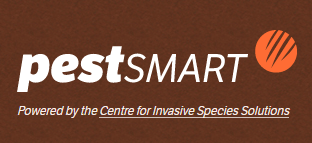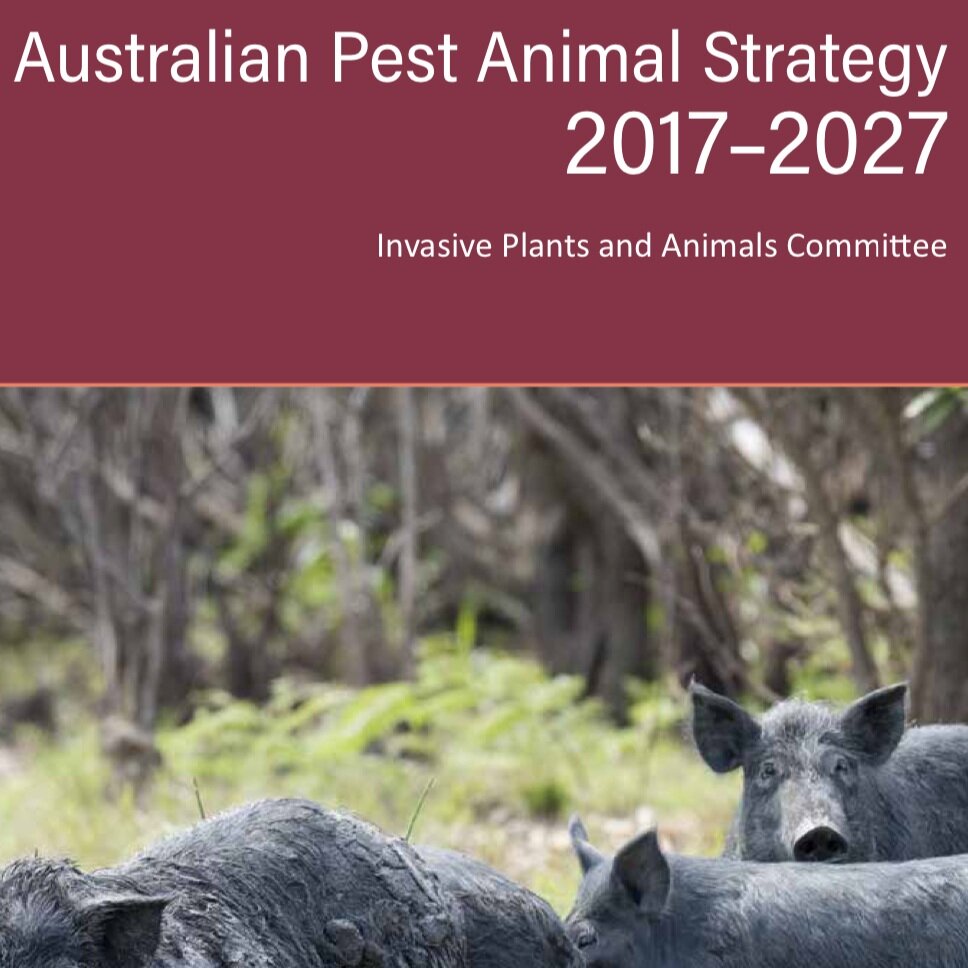

Pests
Rabbits
Foxes
Feral Cats
Starlings
Pest management is an integral part of land management and there are many tools and resources you can access to ensure pest management for you is easy, and effective. Online places like FeralScan, Farm Biosecurity, PestSmart and DPIRD are the easiest way to effectively map, track and manage pest threats where ever you are in the region. You can also go to the Western Australian Organisms List from DPIRD to keep up to date with all declared species.
Check out these fantastic pest and weed resources available to you:
Keep scrolling to learn more about the South Coast’s major pests: Rabbits, Foxes, Feral Cats and Starlings….
Rabbits
Rabbits are Australia’s most destructive pest. Competition with, and land degradation from, rabbits threatens over 300 native plant and animal species. Rabbits affect the quantity and quality of pasture available for other animals. Nutritious plants are selectively grazed, and in times of drought rabbits can consume the majority of the vegetation available. It is documented that the grazing ability of seven to ten rabbits is equivalent to one sheep (Biosecurity Queensland) Rabbits are also intrinsically linked to foxes.
What to do if you want to control rabbits on your property?
There are a range of techniques available to manage rabbits, however options for control can be limited if you’re on a small property.
Find out more information here:
1. https://www.daf.qld.gov.au/__data/assets/pdf_file/0015/62700/IPA-Rabbit-PA11.pdf
2. http://www.pestsmart.org.au/rabbits-a-threat-to-conservation-and-natural-resource-management/
3. https://www.agric.wa.gov.au/1080/rabbit-control-bait-products
Foxes
Foxes (Vulpes vulpes) are opportunistic predators and scavengers and have few natural predators in Australia. Red foxes pose a threat to livestock, as they prey on poultry, lambs and goat kids. In high density areas they may also be a health risk to humans and pets, through transmission of diseases such as distemper, parvo virus and mange.
Evidence suggests red foxes are a primary cause in the decline and extinction of many small and medium-sized rodent and marsupial species in Australia. They also prey on many bird species. Foxes were originally introduced to mainland Australia in the 1850s for recreational hunting and spread rapidly. Today, they are abundant in all states and territories except Tasmania, where they are still at low density. There is an uptake of 1080 baits, dispersed as part of Wild Dog control, sees an uptake of baits being taken by the fox. Occasionally a fox will also be caught in a leg hold trap.
Foxes eat around 3.5 kilograms of food each week. Their diet is varied but includes poultry, small mammals and other animals.
A number of local landcare groups run community fox shoots annually as part of the Red Card For Red Fox program.
Details of registered shoots can be found on their website http://www.redcard.org.au/
For more information
The Department of Primary Industries and Regional Development WA website has more information on fox control options on their website https://www.agric.wa.gov.au/chemicals/fox-control
Feral cats
Feral cats are defined as cats that are living and reproducing in the wild. They are not owned or socialised and survive on their own in the wild by hunting.
Cats are not native to Australia. They arrived with European settlers and were later introduced in an attempt to control rabbits and rodents. Many domestic cats have also become independent of their owners and bred to become feral.
Feral cats are a declared pest in Western Australia under the Biosecurity and Agriculture Management Act. This provides a mechanism for effective and humane management of this pest animal to reduce numbers in a sustained manner.
Recognised control methods for feral cats include exclusion fencing, baiting, trapping using cage traps, and shooting.
Trapping feral cats using cage traps allows the captured animals to be inspected for a collar and registration tag and scanned for a microchip ensuring the identification of domestic cats.
The Department of Primary Industries and Regional Development (DPIRD) have an approved feral cat policy that you can find on their website along with more information on feral cats in our region.
Starlings
The common starling is considered one of the world’s worst bird pests. They feed on cultivated grain and horticultural crops, disperse weeds, foul wool and can displace native birds. They form large flocks with a high level of noise, and in populated areas can be a serious nuisance and cause damage to buildings.
The Department of Primary Industries and Regional Development WA runs an ongoing trapping and surveillance program in the south-east of the State to prevent the encroachment of the pest birds from South Australia, where this pest is established. The common starling is not native to Australia. Early detection and control is critical to preventing an established population in Western Australia. We strongly encourage everyone to keep an eye out for starlings. Early detection is the key to keeping this pest out of Western Australia.









